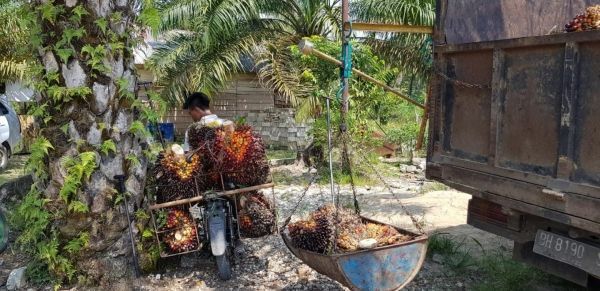Palm oil is often associated with tropical deforestation above all else. However, this is only one side of the story, as agricultural scientists from the University of Göttingen and the IPB University Bogor (Indonesia) show in a new study. The rapid expansion of oil palm has also contributed considerably to economic growth and poverty reduction in local communities, particularly in Asia. The study was published in the Annual Review of Resource Economics.
For the study, the researchers evaluated results from over 30 years of research on the environmental, economic and social consequences of oil palm cultivation in Africa, Asia and Latin America. They combined the results from the international literature with their own data from Indonesia, which they have been collecting since 2012 as part of an interdisciplinary German-Indonesian Collaborative Research Centre (CRC 990). Indonesia is the largest palm oil producer and exporter in the world. A large proportion of the palm oil produced in Indonesia is exported to Europe and the USA, where it is used by the food, fuel and cosmetics industries.
The research data show that the expansion of oil palm in some regions of the world – especially Indonesia and Malaysia – contributes significantly to tropical deforestation and the loss of biodiversity. Clearing forestland also leads to substantial carbon emissions and other environmental problems. “However, banning palm oil production and trade would not be a sustainable solution,” says Professor Matin Qaim, agricultural economist at the University of Göttingen and first author of the study. “The reason is that oil palm produces three times more oil per hectare than soybean, rapeseed, or sunflower. This means that if palm oil was replaced with alternative vegetable oils, much more land would be needed for cultivation, with additional loss of forests and other natural habitats.”
Read more at University of Göttingen
Image: Around half of the palm oil used worldwide is produced by small farmers. Transport of the harvested oil palm fruits to a collection point in Indonesia. (Credit: K T Sibhatu)


